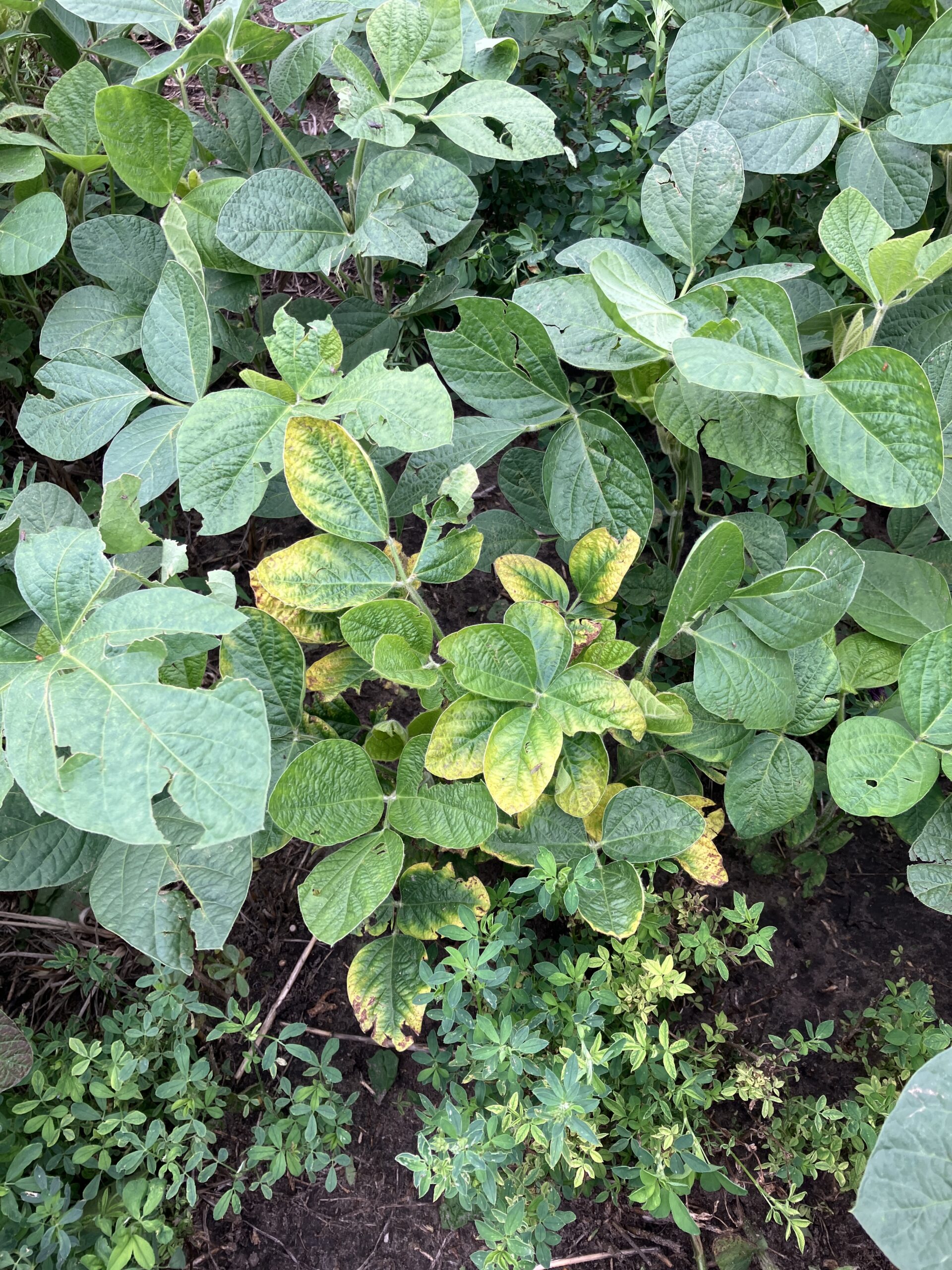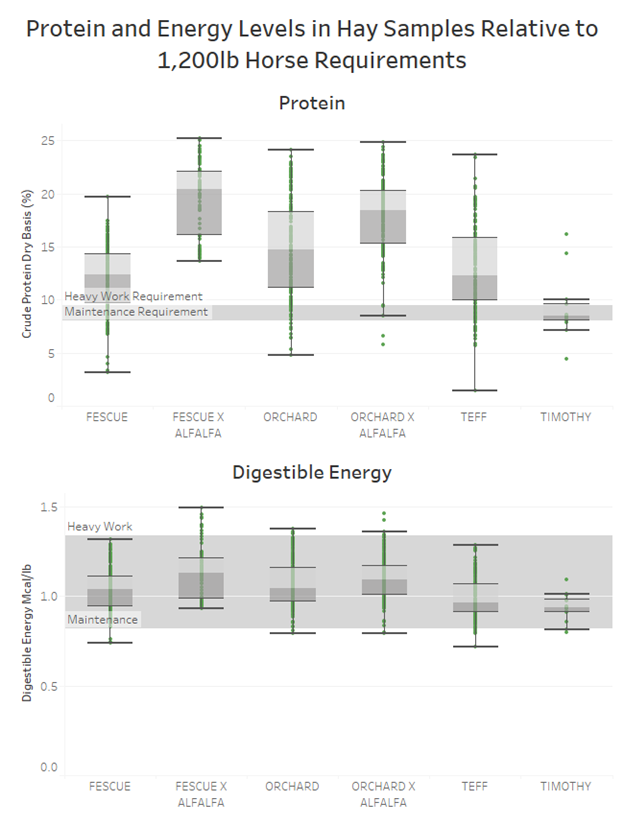
Diversity in Grazing Animal Operations
Last week was the 18th Annual Nebraska Grazing Conference. The theme this year was being a steward of the land and managing for diverse plant and wildlife populations through the incorporation of multiple grazing species. There were three speakers this year that spoke about how bringing sheep, goats or both species into their cattle operation made their business more profitable and more ecologically diverse.
The first speaker was a fellow University of Wyoming College of Agriculture and Natural Resources graduate, Sage Askin of Askin Land and Livestock LLC. He introduced the idea that sheep and goats are browsers as opposed to grazers and therefore, consume different species of rangeland plants than beef cattle. Mr. Askin choose to utilize sheep, having descended from species naturally adapted to cold dry climates, in his operations to match the harsh Wyoming environment. In his speech, Mr. Askin demonstrated that sheep consume more of the woody, brush plants available on the range and less of the high-quality grasses that cattle prefer. He concluded that under most circumstances, sheep would not be competing with cattle for feedstuffs, and therefore sheep only added value to the business. His rule of thumb was that a wyoming producer could run one sheep for every cow already on the land, however he did caution to be conservative when starting to add another species and to be aware of the grazing environment. If grasslands are more prevalent, as opposed to the mixed range landscape where Askin Land and Livestock operates, sheep will be put in a position to compete with the cattle and that will not benefit either species. Mr. Askin also spoke about utilizing sheep as a creative solution to other agricultural production issues. His example was a haying operation that was having a difficulty with loosing yield damaged fields due to the elk herds. Mr. Askin moved some sheep to browse near the hay operation mitigating the elk problem, because elk do not like to graze where sheep are.
The second speaker on multi-species grazing was Brock Terrell of Terrell Farms LLC and Terrell Ranch LLC. Mr. Terrell added sheep to his already highly diversified operation which includes cow calf, stocker cattle, backgrounding, hay, forage and row cropping. He showed the benefits of adding sheep to his operation were monetary, ecological, and familial. Economically, he was able to spread labor and overhead expenses across multiple enterprises on his operation, and he had two marketable products, wool and lambs. He also reaped benefits of breaking parasite cycles through the varied species on pasture, utilizing more plant biomass to produce meat product, and increased range health through grazing pressure being put on both brush and grasses. The children on the Terrell Ranch were also able to be involved in the sheep operation. Mr. Terrell emphasized that the sheep operation was a low labor, low cost enterprise with high value end products and diverse marketing opportunities, providing him with more flexibility in decision making for his farm and ranch.
The third speaker was Mike Wallace who has extensive experience with a masters degree from the University of Kentucky and having managed research groups at the University of Illinois and the U.S. Meat Animal Research Center. Today Mr. Wallace owns and operates a multi-species grazing operation called the Double M. Mr. Wallace has reclaimed previously dryland crop ground as pastures filled with warm and cool season grasses and legumes, as well as abandoned cattle feedlots that grow mostly weedy forbes. Mr. Wallace’s presentation showed how all three species, sheep, goats and cattle can graze and browse together on the same pasture taking advantage of a diverse variety of available forages. Like the previous speakers, he too saw economical advantages and ecological benefits of utilizing multiple grazing species on the same operation and even in the same pastures. Mr. Wallace takes a holistic management approach and utilizes planned rotational grazing with small paddocks and plant rest periods. Mr. Wallace also uses his sheep and goat herds as a unique solution to occurring issues in pastures. The example he showed was using goats to control cedar encroachment.
Overall the key point is that multiple grazing species can benefit the operation economically, ecologically and can be used to solve unique issues in a creative way. The other speakers in the grazing conference were mostly concerned with monitoring of range land and pastures. Monitoring can come in many different forms, record keeping of grazing and resting pastures, taking photos to track changes, visual observation and notes, and taking various samples for numerical data. Ward Laboratories, Inc. can help with forage quality samples and soil health samples, which can be used to make supplementation decisions and track range and pasture health overtime respectively.
[wpvideo JwmO22tg]



